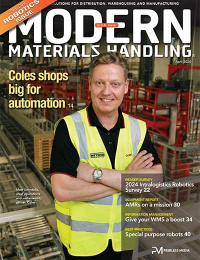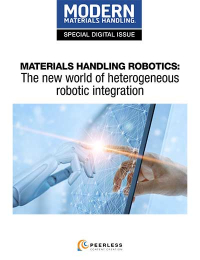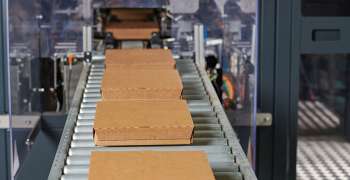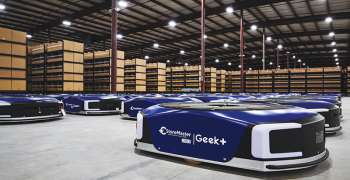Protective packaging revenues to nearly double by 2026
Report outlines significant impact of e-commerce on the need for flexible packaging.

The global protective packaging market is projected to continue its rapid growth, even as the landscape and market share of product segments is significantly reshaped.
Currently worth about $25 billion, the global protective packaging market will grow at a steady compound annual growth rate (CAGR) of 5.3% to reach $42 billion by 2026, according to a recent report from Future Market Insights. Of the $25 billion reported in 2015, North America and Europe accounted for 59% market share, and Latin America, APAC and MEA accounted for 41% share in terms of value.
According to the report, growth will be defined by factors such as increasing need for inflatable packaging, rising preference for paper-based packaging products and active participation of third-party logistic companies. Essien Jae. senior research consultant at Future Market Insights, said he was surprised to learn the use of inflatable packs in void fill packaging applications was so prevalent in emerging markets.
“We were under the impression that the developed countries are the only markets that emphasized this technique of protective packaging,” he said. “However, the rampant growth of inflatable packs in emerging markets of Asia Pacific impressed us.”
When examined at a granular level, the growth of inflatables can be attributed to growth of e-commerce in these markets, which is poised to grow over 20% in selected markets of APAC. Demand for inflatable packs in Asia Pacific is likely to remain over 5% until 2020.
Blocking and bracing, cushioning, insulation, wrapping and void fill are identified as the chief packaging functions in the global market. Nearly 27% of global market value in the next 10 years will be protective packaging products for void fill processes. Jae said this represents an ongoing gradual decrease in light of alternatives on the market, but the segment is still likely to remain dominant until 2025. As a result, the report predicts the use of paper and plastics such as bubble wrap will surge through 2026. In the span of next decade, more than $35 billion in global revenues will come from the combined sales of plastic and paper materials.
In 2015, the global sales of protective packaging products exceeded 14million tons in volume, with flexible products accounting for two-third of revenues. The report further indicates that protective packaging products being dumped as waste remains a key challenge for manufacturers globally. This is compelling some regional regulatory bodies to induce strict recycling protocols.
“There aren’t very stringent policies or enacted legislation for packaging waste,” Jae said. “After European Parliament introduced measures to curb waste and promote recycling in 1994, it amended them in 2013. Waste recyclers in Europe have surpassed the benchmark minimum target of over 22.5% of total waste produce, but such policies are yet to be replicated in other high-volume-consuming countries or regions.”
Key regional insights
● North America and Asia Pacific excluding Japan (APEJ) will remain dominant regions in the global protective packaging market.
● By 2026, protective packaging sales from Western Europe and APEJ region will collectively account for almost half of global revenues.
● In 2015, North America’s protective packaging market accounted for sales of more than 3.6 million tons of volume.
● Japan’s protective packaging market size will reach $2.8 billion in the next 10 years.
● Over the coming decade, growth of the protective packaging market in Latin America and Eastern Europe will face headwinds.
● In revenue terms, the protective packaging market in Middle East & Africa (MEA) will grow at 5.6% CAGR.
Click here for more information about the report.

Article Topics
Packaging News & Resources
Registration open for Pack Expo International 2024 Pack Expo East has largest show to date Optimize Parcel Packing to Reduce Costs CMC Packaging Automation North America unveils Tech Center in Atlanta PACK EXPO East brings latest packaging technologies to Philadelphia Loftware’s cloud-based labeling solutions take center stage Flexcon unveils its innovative bin solutions More PackagingLatest in Materials Handling
Registration open for Pack Expo International 2024 Walmart chooses Swisslog AS/RS and software for third milk processing facility NetLogistik partners with Vuzix subsidiary Moviynt to offer mobility solutions for warehouses Materials Handling Robotics: The new world of heterogeneous robotic integration BSLBATT is looking for new distributors and resellers worldwide Lucas Watson appointed CSO for Körber’s Parcel Logistics business in North America Hyster recognizes Dealers of Distinction for 2023 More Materials HandlingAbout the Author
Subscribe to Materials Handling Magazine

Find out what the world's most innovative companies are doing to improve productivity in their plants and distribution centers.
Start your FREE subscription today.
April 2024 Modern Materials Handling

Latest Resources










